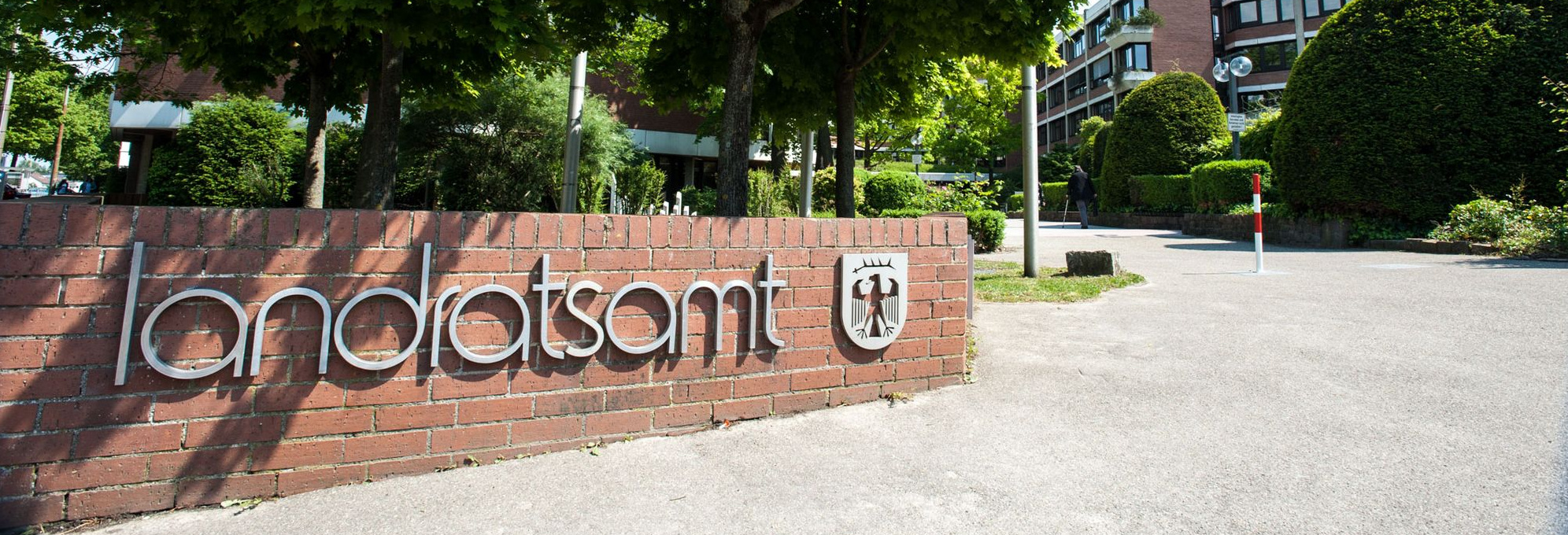Wooded areas along roads fulfill a variety of functions: they provide privacy and glare protection, embankment protection, but also nesting and flyover aids for bird species and habitats for many other species. In order for them to fulfill these functions, the trees and shrubs along the approximately 700-kilometre network of roads in the district must be regularly maintained. However, to ensure the safety of all road users, various inspection and maintenance tasks are also part of the measures that must be carried out in accordance with the Federal Nature Conservation Act during the winter months from October to the end of February.
The work includes creating the clearance profile to improve visibility of signs and traffic signs, clearing structures for necessary inspections and "up-stocking" hedges that have become too high and patchy. Defined hedge sections of a maximum length of 50 meters are cut about 10 cm above the ground. The plants grow back quickly in the next vegetation period and form denser, new stands.
Maintenance with consideration for animals and insects
By proceeding in sections, small animals and insects have the opportunity to adapt to the new situation and are given enough space to retreat to in the untouched adjacent areas. In addition, trees within the hedgerows that are worth preserving will be identified in advance of the work and left as they are. In addition to the goal of establishing ecologically valuable old-growth stands that characterize the landscape through this selective promotion of individual trees, the selection of the remaining wood species also plays a major role with regard to adaptation to climate change.
In addition to extensive maintenance, the felling of severely damaged individual trees is a second component of the wood maintenance work. In addition to fungal diseases such as ash dieback on ash trees or sooty bark disease on maples, all roadside trees suffer greatly from the increasing drought in the summer months. Responding to the increasing number of damaged trees in good time poses major challenges for the road maintenance service in terms of ensuring road safety.
Restricted traffic - safety comes before
For the tree maintenance work, which in some cases can only be carried out with an aerial work platform and special equipment, the roadway is narrowed or closed on one side to secure the work area and traffic is sometimes regulated by construction site traffic lights, depending on local conditions. The focus of this year's tree maintenance work is on the B10 main road and the L1100. The Ludwigsburg District Office asks road users for their understanding for the resulting traffic obstructions.










